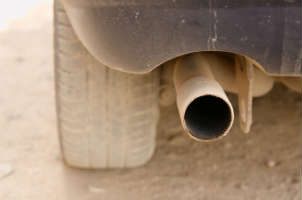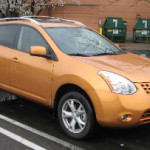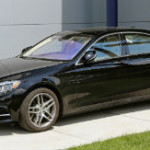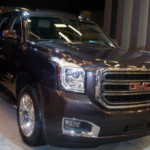Car Pollution Standards For U.S. Cars
Car enthusiasts and those in the market for a new vehicle are questioning how the changing standards for cars will affect prices on soon-to-be-released vehicles. Ira Riklis breaks down what is happening in government regarding the pollution standards and how it could impact future cars and prices.
The Obama Administration passed a law that would require car makers to aggressively improve fuel efficiency. Under the ruling, designed to fight global warming, Americans expected to be driving sedans with over 50 mpg by 2025. This would have represented significant savings at the pump. Yet Trump’s EPA Administrator Scott Pruitt announced that the Obama Administration operated on incorrect assumptions and announced the dissolution of Obama’s signature environmental bill.
The New Plan?
The EPA has yet to craft a replacement to the plan, but the DOT’s National Highway Traffic Safety Administration must decide how far they will go in weakening the rules for fuel efficiency and greenhouse gas emissions. Whatever the EPA decides, those rules would impact new cars and light trucks built between 2022 and 2025.
California joined with other states to condemn the move. It has a history of applying stricter regulations than federal standards and is widely considered a leader in environmental stewardship. Obama granted the state a waiver to pass even stricter emission lows, which would have forced car makers to comply in order to sell cars in the nation’s largest market.
The Trump Administration has challenged California’s waiver, which could fracture the market into cars available in California and those abiding by the standards of other states. Leading Democrats immediately spoke out against the new policy.
Obama Emissions Rules
The Obama Administration, via the EPA, passed standards to improve fuel economy to 54.5 mpg for cars and light trucks for Model Year 2025. Combined with other standards set by Obama’s Administration, this doubled current fuel efficiency of new vehicles over those currently in circulation.
Fueled by greater gas efficiency, the legislation heralded in an era of increased fuel economy and lower greenhouse gas emissions. Americans could save $1.7 trillion in gas and reduce U.S. oil dependence by 12 billion barrels.
California Standoff
In favor of the Obama-era rules, California joined seven state attorneys general and more than 30 mayors, who vowed to resist the Trump Administration’s declaration that it would go after states and cities from enforcing the Obama emissions standards.
In a joint statement, the coalition vowed to use their regulatory authority to ensure that cars sold in their jurisdictions would meet or exceed the 2012 ruling.
California has taken the Trump Administration to task for immigration policy and decisions, which has disgruntled President Trump. The Administration seems eager to win the war over relaxed, standardized emissions laws.
Industry Response
Members of the auto industry lobbied the Trump administration to relax the Obama’s rules. It’s not clear how the industry would handle a bisected American auto market if California and its satellite states force a standoff. One scenario is selling car designs with both sets of standards. Another option would be applying stricter California standards nationwide, effectively invalidating the Trump administration’s decision.
According to The New York Times, there’s discord within the auto industry regarding Trump’s plan. EPA’s Scott Pruitt had planned to announce the effort against California from a Chevrolet dealership in Virginia. Those plans were derailed by angry Chevy dealerships reluctant to associate with the regulations.
What’s Next?
Free market advocates believe fuel efficiency standards aren’t necessary. According to the scientific community’s Eco Watch, automakers would make fuel-efficient vehicles of the market demanded them. History shows that doesn’t happen without federal regulations.
When the fuel-efficient market stagnated, automakers become reticent to develop other fuel-efficient options. Under the Obama ruling, the nation would have worked toward the goal together, so nobody had to bear the brunt of unsold efficiency inventories.
An increase in fuel efficiency would translate into savings at the pump to offset the estimated $8,000 per car cost for the new technology. Now, we are left to await a decision from the Trump EPA.







